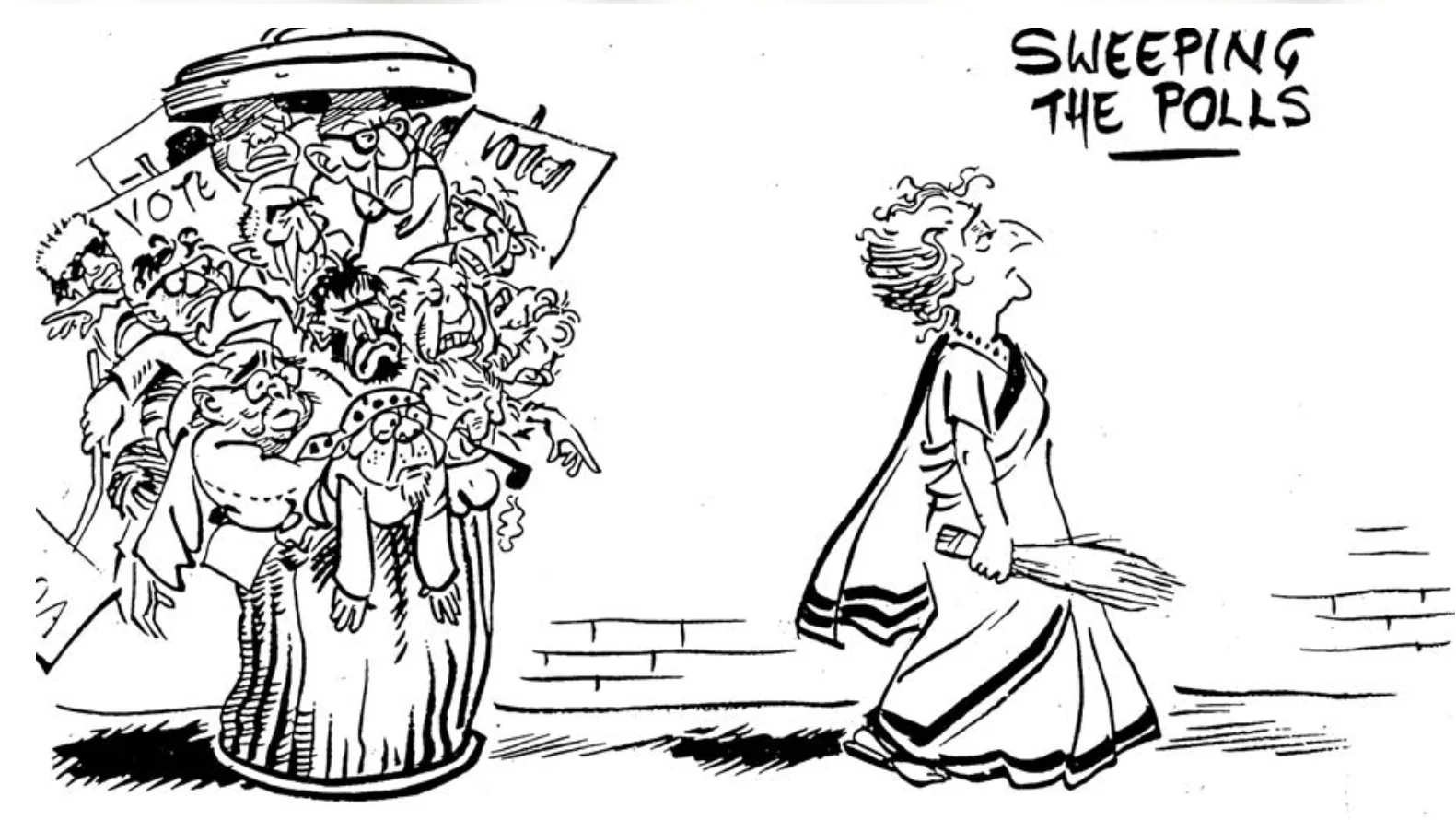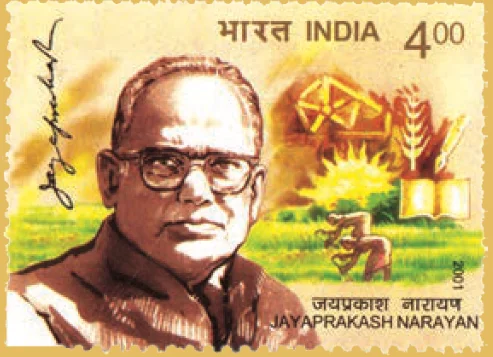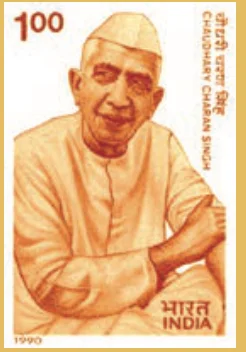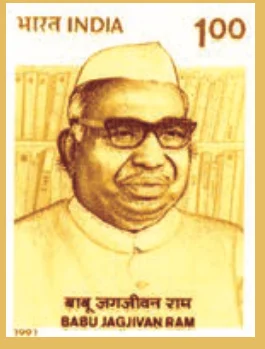![]() 26 Jul 2024
26 Jul 2024
On June 12, 1975, Justice Jagmohan Lal Sinha declared Indira Gandhi’s election to the Lok Sabha void (Refer to Figure 6.3) due to alleged misuse of government resources during her campaign. Although the Supreme Court granted a partial stay, allowing her to remain an MP, she couldn’t participate in Lok Sabha proceedings.

Amidst growing demands for her resignation, spearheaded by Jayaprakash Narayan and the opposition, a major demonstration took place in Delhi on June 25, 1975.
Imposition of Emergency Rule: Citing internal disturbances, the government invoked Article 352 on June 25, 1975, centralizing powers at Union and curbing Fundamental Rights.
Crackdown on Dissent: Political agitation halted, and numerous opposition leaders were jailed.
Various acts of dissent included newspapers displaying blank spaces, underground newsletters, writers returning awards, and underground protests against the government.
Curtailing Power of Judiciary: The government made amendments ensuring that elections of key positions like Prime Minister couldn’t be challenged in court.
Democracy’s Resilience: The Emergency highlighted that though India’s democracy can be tested, it’s hard to eliminate.
Tensions in a Democracy: The balance between democratic governance and political protests remains an area of contention.

Internal Divisions: The Janata Party’s post-election scenario was marked by internal divisions.

The period post-1977 witnessed significant shifts in Indian politics. The Congress evolved into a more ideologically driven party under Indira Gandhi’s leadership, emphasizing socialism and pro-poor policies.

Notable Leaders and Their Work
| Key Figures | Details |

Loknayak Jayaprakash Narayan (JP) (1902-1979) |
|

Morarji Desai (1896-1995) |
|

Chaudhary Charan Singh (1902-1987) |
|

Jagjivan Ram (1908–1986) |
|
| Must Read | |
| Current Affairs | Editorial Analysis |
| Upsc Notes | Upsc Blogs |
| NCERT Notes | Free Main Answer Writing |
Crises of democratic order in India during late 1960s and 1970s stand as a profound lesson on vulnerabilities and strengths of India’s democratic fabric. The period, characterized by the dominance of the Congress party, declaration of Emergency, and its eventual aftermath, is reflective of the nation’s evolving political dynamics. The steadfastness of India’s democratic institutions, undying spirit of its citizenry to protect civil liberties, and roles of notable leaders during this period have sculpted the political discourse in the years that followed. As India continues to evolve, these events serve as a poignant reminder of the need for vigilance, participation, and commitment to democratic values.
Timeline
| YEAR | EVENT |
| 1967 | Indira Gandhi emerges as a dominant political leader. |
| 1971 | ‘Garibi Hatao’ becomes the Congress’s election slogan. |
| 1972-73 | Failure of monsoons leads to decreased agricultural productivity. |
| 1974 | Student protests in Gujarat and Bihar; Nationwide railway strike. |
| 1975 | Indira Gandhi’s Lok Sabha election was declared invalid; Declaration of Emergency. |
| 1976 | Supreme Court’s ruling on the non-challenge ability of arrests during an emergency. |
| 1977 | Lok Sabha elections; Janata Party and its allies win a clear majority. |
| 1980 | Another election sees the Congress, under Indira Gandhi, return to power. |
Glossary
|
| Related Articles | |
| SUPREME COURT | Indira Gandhi |
| Article 352: National Emergency in India | INDIAN NATIONAL CONGRESS HISTORY |
<div class="new-fform">
</div>
